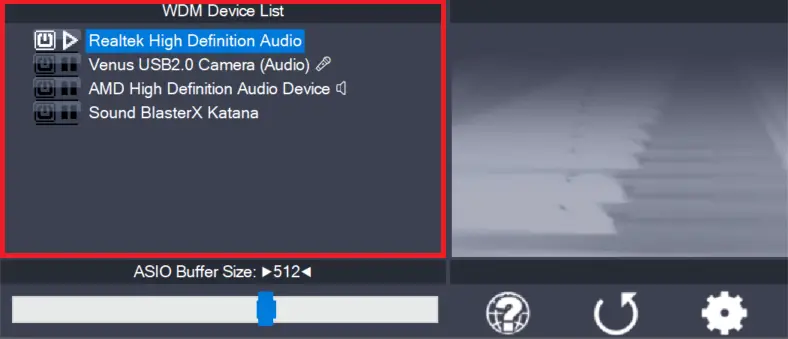(Plus, the final 2.9 release date has been scheduled for the 5th of November)
Changes since version 2.9 beta 4:
- Add one more instance of a workaround for the Conexant HD Audio input issue.
- Restore compatibility with Win98 SE and WinME that was broken because MS at some point decided to remove it from their tool chain.
- Fix regression: WaveRT devices not detected if Compatibility Mode enabled for the host application.
- Fix WaveRT event mode input.
- Fix: x64 version in theory could have crashed on ASIOStop().
- ix another theoretical bug in the x64 audio startup code.
- Fix issue where the x64 version actually crashed if an input device had exactly four channels.
- Also allow right mouse button on tray icon to open the GUI.
- Add pathetic attempt to improve WaveRT in/out synchronization.
- Fix several issues with in app integration API added earlier. Notably did it not work at all in 64 bit mode before.






Leave a Reply